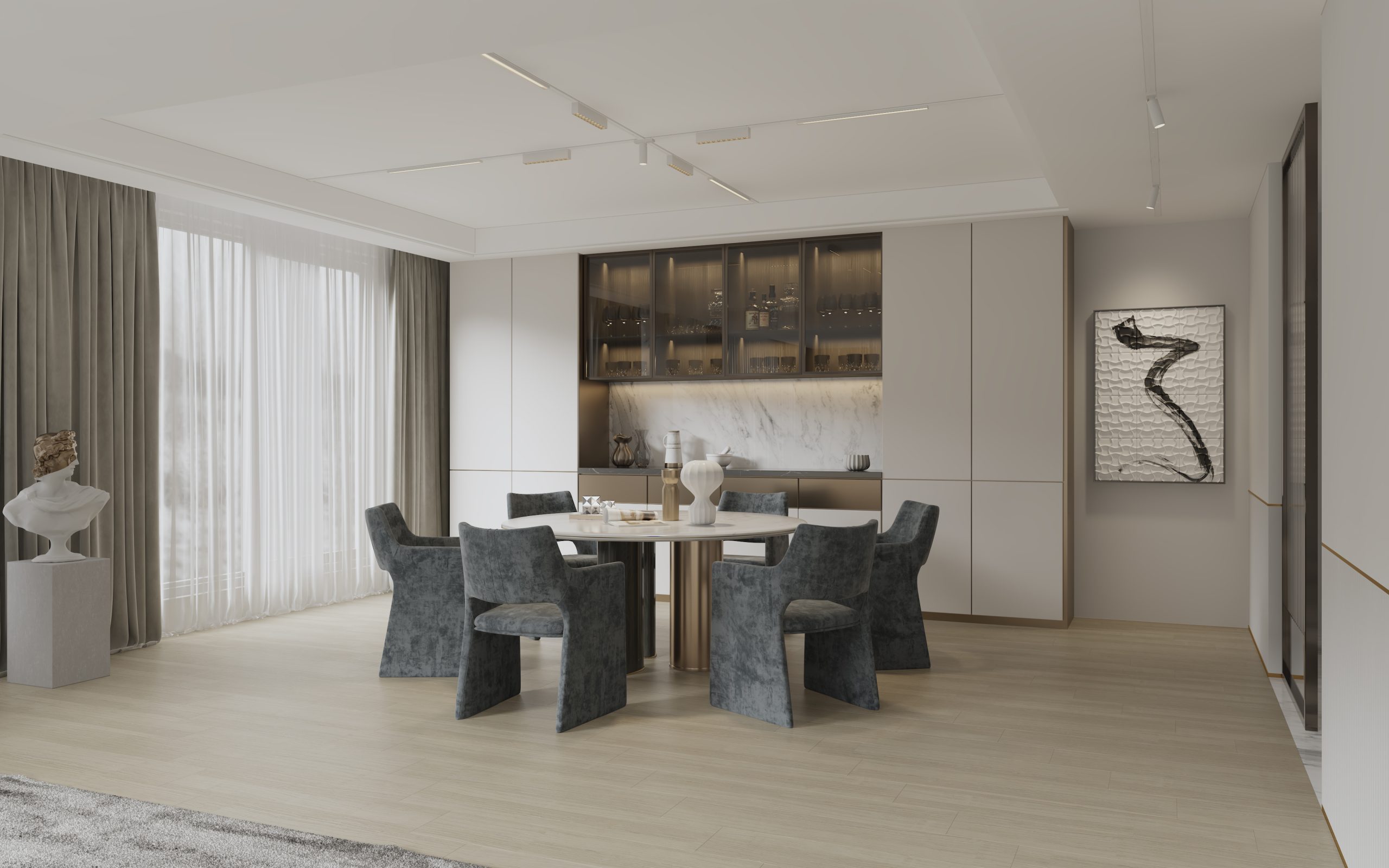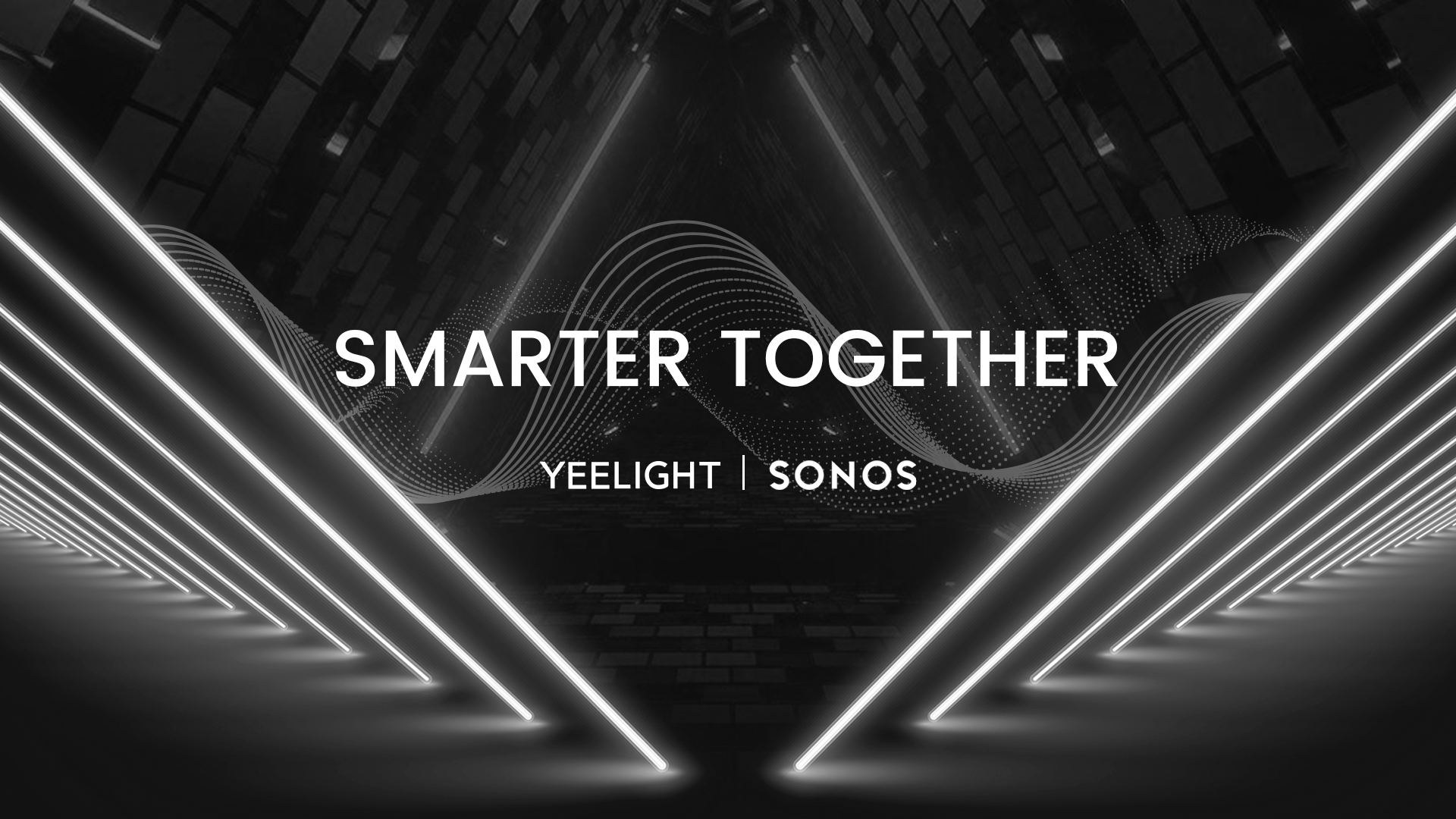Smart lights? Standard lights? Both are lights that can light up a room. Why do we choose smart lights? The reason is that smart lights are capable of so much more. So, how does a smart bulb work? What can they accomplish? Let’s dive into it!
Content:
- What is a Smart Bulb
- How Do Smart Light Bulbs Work
- Several Ways to Control a Smart Bulb
- What’s Good about Smart Bulb
- Things to Know Before Buying a Smart Bulb
What is a Smart Bulb
What does smart bulb, a frequently referred term, actually mean? By definition, smart light bulbs are, in short, remotely controllable lighting devices. One of the differences between normal bulbs and smart bulbs is that smart bulbs enable hands-free control with the help of a remote, a mobile device, or simply your voice.
Further, a smart bulb can be personalized and programmed, offering great convenience and enjoyment for you. When connected to a smart switch, smart bulbs can be turned on and off automatically as scheduled. A smart bulb can be activated at a given time of a day, or according to personalized settings, making our life genuinely more efficient and intelligent.
In the increasing field of home automation and the internet of things (IoT), smart lights are among the most instantly successful offerings.
How Do Smart Light Bulbs Work
Consumers that invest in smart home technologies may choose Nest, Wink or voice-control systems like Mi Home, Google Home, Amazon Alexa and Apple HomeKit. They will be using a hub, or domestic automation system.
In addition to hubs, there are many other ways to connect smart bulbs, such as WiFi. Since WiFi-supported smart bulbs don’t require a hub, customers can bring smart bulbs home at a lower cost and enjoy a more straightforward setup.
Smart bulbs don’t function well with old-fashioned dimmers. They have their own integrated dimming mechanisms, which can cause a crash when you use one in a fixture that’s wired to a dimmer switch, as in dual dimming mechanisms, frequently causing the light to strobe inaccurately as you dim the light up and down.
The good thing is that the included dimmers in the smart light are often superb, with smooth, accurate settings that do not buzz or flicker as you frequently see with traditional dimming controls. The only thing that needs to be aware of is to not use it in a lighting fixture that already has a built-in dimmer, and you’re going to be all ok.
Several Ways to Control a Smart Bulb
With an automation hub
A home automation hub can be used to control the smart bulb wirelessly. Communication protocols such as Bluetooth, Wi-Fi, Z-Wave and ZigBee enable the automation hub to be connected to the designated devices (mobile device, tablet, and PC) via an app.
With a mobile app
Installing an app on your phone that communicates with your home network to manage your smart light bulbs, switches, outlets, or light fixtures allows you to control the lights in your house from anywhere.
With Bluetooth
Some smart bulbs only support the 2.4 GHz wireless protocol, requiring a local WiFi connection to communicate with the mobile app. However, the majority of the smart bulbs include Bluetooth to enable close-range communication between the app and the lights in the event that there is no WiFi signal.
With a smart switch
The smart switch or dimmer is the most comprehensive choice, which entails replacing ordinary light switches with a “smart” version that incorporates wireless technology into the switch itself. The benefit of this technique is that remote and normal manual controls are offered, as well as the ability to monitor the light’s on/off state even when it is turned off at the switch.
What’s Good about Smart Bulb
Image source: reviewed
The advantages of adopting a home automation system include the ability to connect your smart bulb to a variety of different equipment in your house. You may, for example, set the lights to turn on when someone enters the room or when the intercom rings. It also enables you to operate your smart bulb while you are not at home.
Another great thing about smart bulbs that we have to talk about is that they are a great helper for getting a better night’s rest. Your brain is extremely sensitive to light, which has a significant impact on your sleep patterns. When it gets dark, our brain tells us that we’re weary and should get some sleep. When the sun rises and the sky brightens, our brain feels this and tells us it’s time to get active.
Smart lights can help you circumvent your biological clock by imitating a lovely, gradual dawn to assist you in getting out of bed in the morning. It also becomes simpler for you to fall asleep when you set your bedroom’s smart lights to a low level and instruct them to face out gradually over half an hour.
Also, smart lights know how to delight your mood with the right color. Many smart lights today are music-synchronized and have motion sensors. When you’re watching a movie, playing a game, reading a book, or getting ready for a party, smart lights can change the colors and help you set the perfect mood.
And that isn’t all. Smart light that emits blue illumination may lift your spirits, especially during the winter when the cloud cover is thick, and sunshine is scarce. Therefore, smart lights are more personal and know your needs better.
Things to Know Before Buying a Smart Bulb
You’ll want to pick a control platform
The first thing to consider before purchasing smart lights is which platform you want to utilize to control them. Most alternatives have control applications that allow you to group lights together and set them to turn on and off at certain times – however, there’s a good chance you’ll want to make your entire home smart, not just your lights.
If that’s the case, you should look into a broader smart home platform that can manage all of the various gadgets you could wind up utilizing.
How Much Do Smart Bulbs Cost? Yep, Less Than You Think
It wasn’t a long time ago that some folks were spending $30 or even $50 per bulb to get ordinary, unconnected LED lights installed in their homes. The arithmetic made sense: an average LED will cost you $1 in terms of annual energy cost, compared to around $7 for an equivalent incandescent. That implies that a single LED bulb will save you roughly $6 each year over an old-fashioned bulb just like this – and because LEDs are meant to last for decades, investing dozens of dollars for one upfront was a wise long-term investment.
Then, in 2014, increased efficiency regulations and market-moving federal subsidies galvanized the sector into action, resulting in a slew of new lighting alternatives. The increasing competition aided in the reduction of prices, while customer demand encouraged the sector to continue developing.
As a consequence, smart LED light bulbs have improved and become more affordable. And, certainly, recent moves to pull back those efficiency requirements should not change that fact; the lighting business has already ushered us into the LED era, and there’s no indication that it intends to reverse course.
That same buyer’s market applies to smart lights, with outstanding options from Yeelight and Philips Hue available for much less cost per bulb. Meanwhile, a good smart light switch shouldn’t cost you much more than $30. Even sophisticated smart colorful bulbs aren’t that expensive these days, with tried-and-true alternatives from respectable companies available for less than $30.
A hub is needed sometimes
To send and receive messages, smart lights employ wireless transmissions, and various bulbs are used in different ways. Some feature built-in Wi-Fi radios that link directly to your network, allowing you to operate them remotely from anywhere that has internet access. Others utilize Bluetooth to connect to your phone when you’re within a close distance, such as 50 feet. To manage such bulbs from a distance, you’ll need a Wi-Fi hub to transmit their signals to your network and, from there, to you through the cloud.
Then there’s Zigbee, which may be thought of as a local wireless network for your smart home devices. Zigbee is used by many smart lighting devices to relay data.
Having said that, things are improving. Philips Hue, the most well-known Zigbee brand, and Yeelight, a brand coming on strong, have lately begun incorporating alternative Bluetooth radios into their devices, allowing you to bypass the hub and connect directly with your phone for basic functions. Today, many no-hub-smart-bulb devices (and more are emerging) on the market can convert Zigbee smart bulb signals into something that your Wi-Fi router can comprehend.
Take switches and plugs into your considerations
Light bulbs and the platform are essential, but you cannot afford to neglect switches and plugs. Sticking with smart bulbs will provide you with the most economical alternative while searching for smart lighting. Having said that, you should certainly think about including smart plugs and smart light switches in the mix as well.
In terms of the plug front, there are a plethora of alternatives for around $20 or less that can automate whatever you plug in behind them. When used with a light, you may automate it to turn on and off whenever you want by utilizing voice commands, all while using whatever bulb you choose. Smart plugs are also an excellent choice for alternatives such as ornamental string lights.




